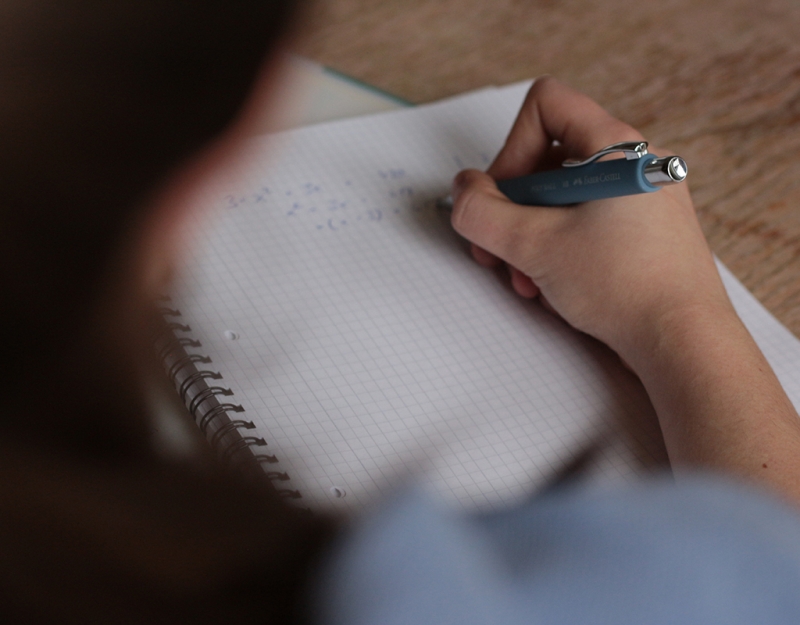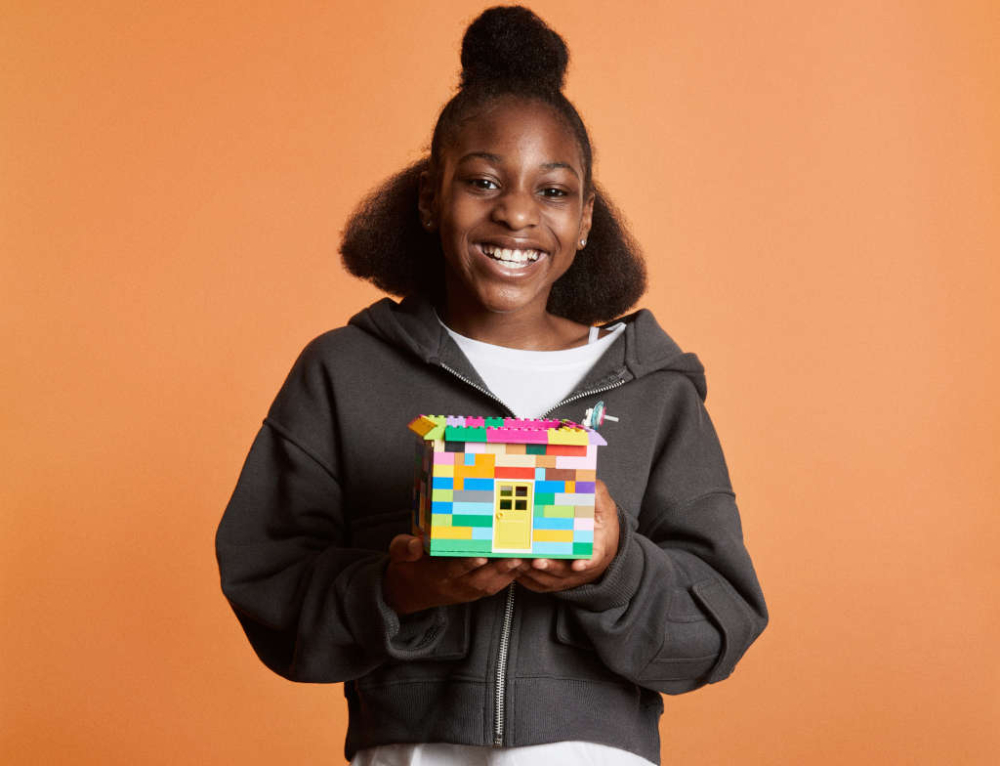Children in this age bracket are consolidating previous skills while beginning to be introduced to concepts which will be further expanded on in high school. If your child has not learnt their times tables by this stage then the issue needs to be addressed as a priority. However please consider what you read below in the context of your own child’s unique development.
- Children at this age can begin to deal with complex algorithms with numbers up to one million.
- Children are using calculators for efficiency and to relieve the load on their working memory.
- Children at this stage have learnt their times tables and are applying these facts to multiplying three digit numbers by two digit numbers such as 700 x 50.
- Children are working to extend their knowledge of whole numbers, fractions and decimals and this is the main focus for numeracy development at this stage.
- 11-12 year olds are placing decimals and fractions on number lines and have been introduced to the concept of positive and negative numbers.
- The mathematical language around numeracy becomes increasingly complex at this stage. New terms such as ‘prime’, ‘composite’, ‘factor’ and ‘multiples’ are introduced.
- Children have a range of strategies for division, both short and long division, and can complete both algorithms where the answer has a remainder and can be expressed as a fraction of the whole.
- Children at this stage are accurately making mental approximations and can discuss the accuracy of their estimation as well as variables which may influence their answer.
- Children at this age are learning to use decimals, ratios and percentages to find equivalent amounts. This is a tricky concept which requires repetition and connection to real life situations. For example ¾ = 9/12 = 0.75 = 75% = 3:4 = 6: 8.
- Children at this age have also worked on their understanding of fractions and can identify and represent equivalent forms of fractions. For example your child is learning that ½ = 0.5 = 50% which is a ratio of 1:2.
- Children at this age are working with mathematical problems which may require students to use all four processes with numbers – addition, subtraction, multiplication and division. Children will also be learning the use of brackets in questions and number sentences and will learn how brackets influence the order of working out in a question.
Remember
It’s important to remember that the focus at this stage of development is on seeing mathematical connections and applying mathematical rules and concepts to solve mathematical problems whether it is real life or an abstract formal algorithm. This can be an age where children lack confidence and much encouragement is required to ensure that children are confidently using the correct strategies.
This article was written by Michelle Barrington for Kidspot, New Zealand’s leading education resource for parents from sources including Board of Studies, Victorian education documents and SA curriculum. Michelle is a teacher and mother who blogs at Gee, You’re Brave.







Leave A Comment
You must be logged in to post a comment.